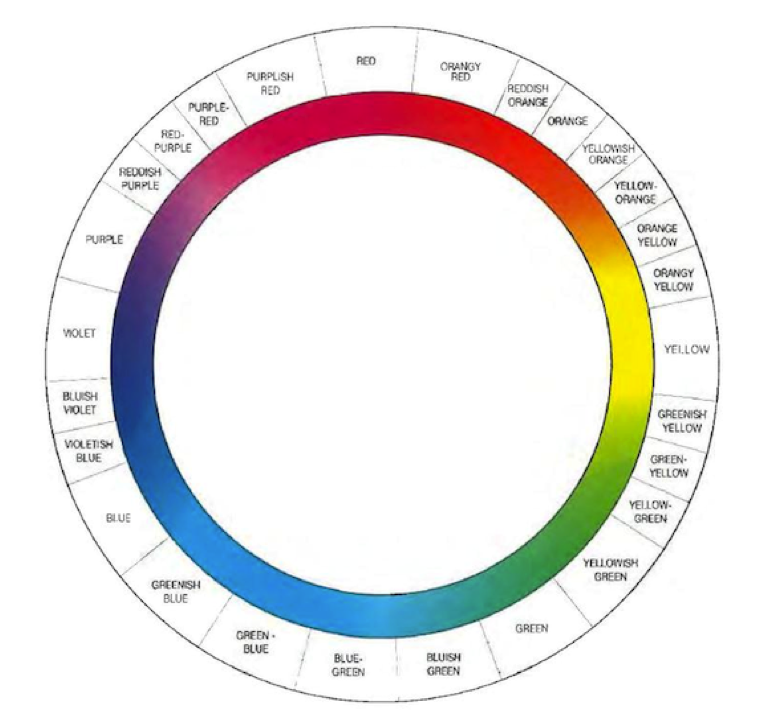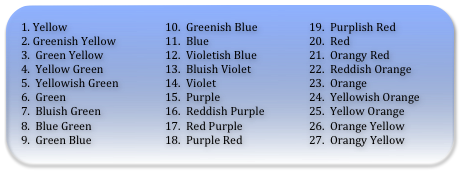Now that the holiday shopping season is in full swing, I thought I should shed some light onto a few things I have noticed. Granted I started seeing holiday shopping guides, commercials, and advertisements the day after Halloween, but now that we are mid-December, it seems the jewelry industry especially is pouring on the deals and bargains for “luxury” and high end items.
The most common commercial I have seen is one involving chocolate diamonds, and how to “upgrade her craving for chocolate” by purchasing an exclusive and rare chocolate diamond ring, necklace, or bracelet.
I find these commercials, like most marketing, to be misleading. By the same token, I recognize that beauty is in the eye of the beholder, and that many people like the look of chocolate, champagne, or cognac diamonds. My goal for this article is just to give the rest of the story – you know, the one the jewelry industry sometimes leaves out.
As a quick refresher, diamonds are typically graded for their absence of color in the D-Z color range. Any diamond that displays a hue of color found in a rainbow, other than yellow or brown, is graded as a fancy color. Diamonds that display a yellow hue that is outside the Z color range is still considered a fancy color, while brown is not. The GIA (Gemological Institute of America) recognizes 27 hues, or the basic impression of color, for color-grading diamonds brown is not one of them.


Note: The predominate hue is stated last. Source: GIA – Winter 1994 Gems and Gemology Article.
Brown diamonds are considered to be low quality, and until the 1980’s were considered industrial quality only. It was during this time that abundant quantities of them appeared from the Argyle mines in Australia.
Given the diamond’s poor quality, and that the diamond market did not recognize brown as a fancy color, the Australians took a creative route. They began setting these diamonds in jewelry and gave them names like “champagne” and “chocolate” – words that evoke ideas of luxury. Needless to say the marketing worked and brown diamonds are not only the least rare, but are also the most common diamond color to be found in medium-priced jewelry designs today.
So, if the one you love is perhaps “craving” something a little different, and is interested in having a brown diamond, just keep these things in mind when shopping:
1) Brown diamonds range greatly in tone, or their relative amount of lightness or darkness. You want to look for one that has a medium to dark tone, with a warm, golden to reddish appearance. These look the most vibrant when used in jewelry, and still maintain some of the brilliance that is expected of a diamond.
2) Brown diamonds should be sold at a considerably lower price point than their colorless counterparts. If you think you are paying too much, you probably are. There are other gemstones that have a similar appearance to a brown diamond, but are sold at a fraction of the price. – Consider a Smoky Quartz, Imperial Topaz, or Brown Tourmaline as some alternatives.
Regardless of the amount of marketing, advertising, and sales that are going on this holiday shopping season, being an informed consumer is the most important thing. Always do your own research, and ask questions! MJ Gabel is ALWAYS available to answer questions, or address concerns that people have about a jewelry purchase. We are happy to guide, educate, and consult with consumers so they can make an informed decision.
As the holiday approaches, please remember what this season is truly about – it’s not about the gifts, the money, or the diamonds! This season is about spending time with the ones you love, giving back to your community, and be thankful for all the things, small or large, that you are already blessed with. Happy Holidays!






